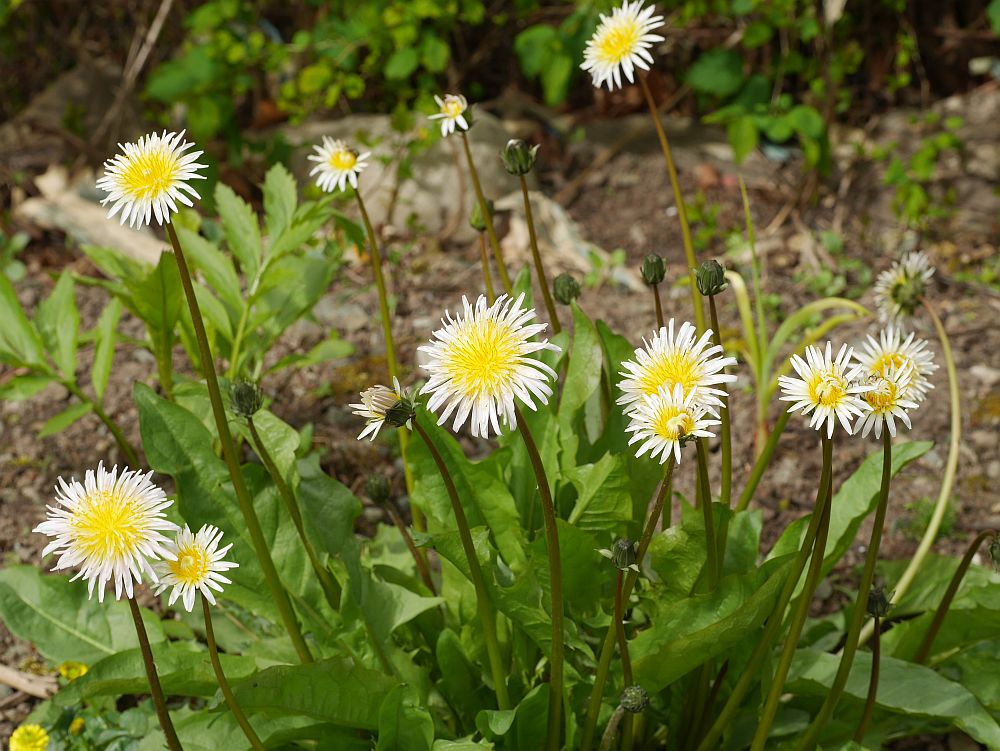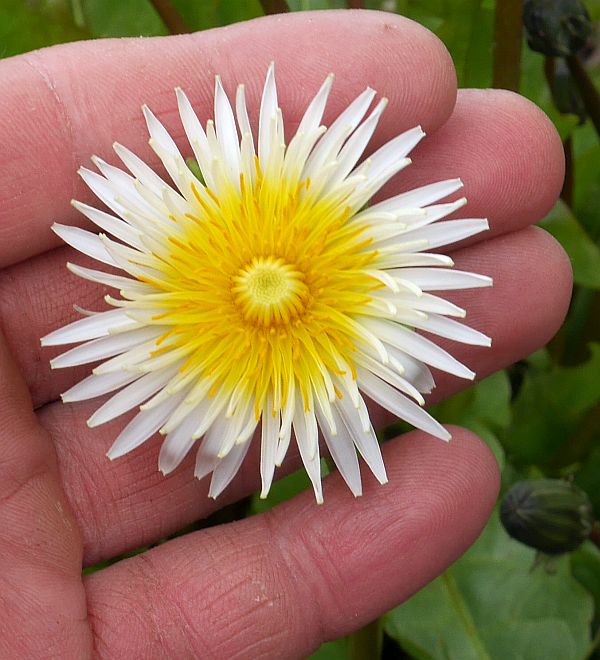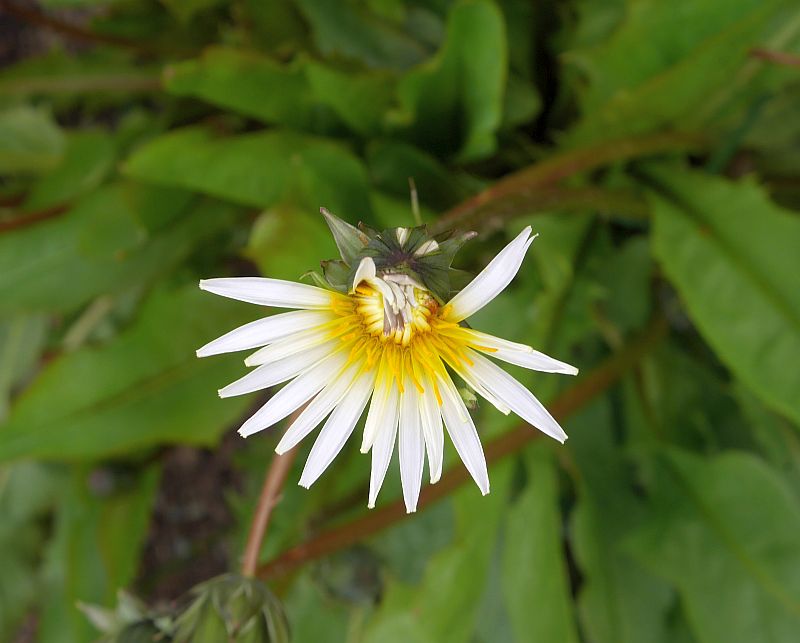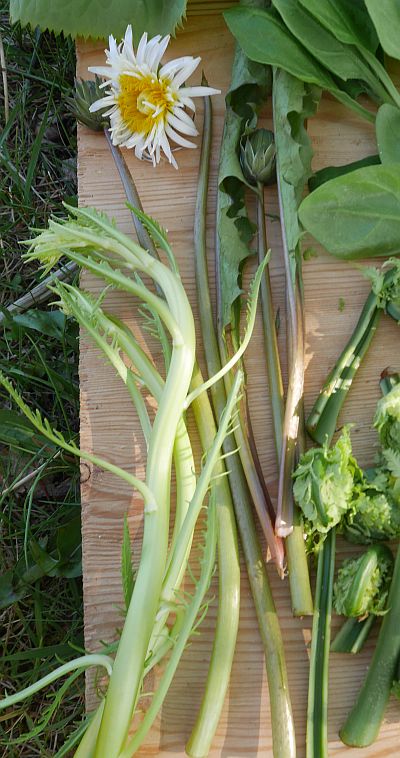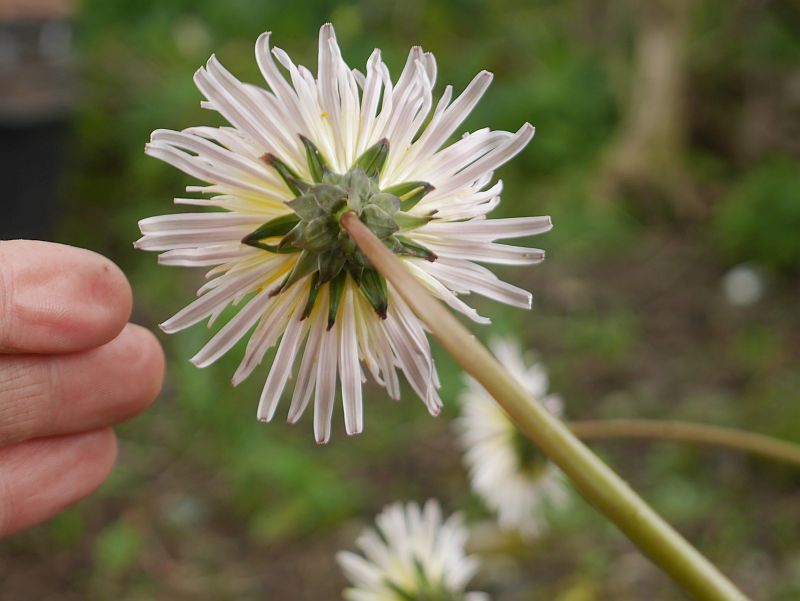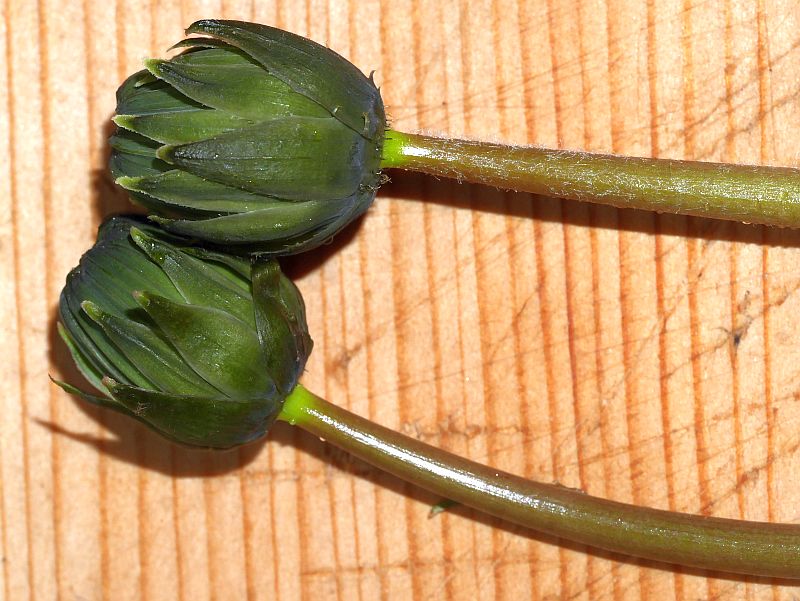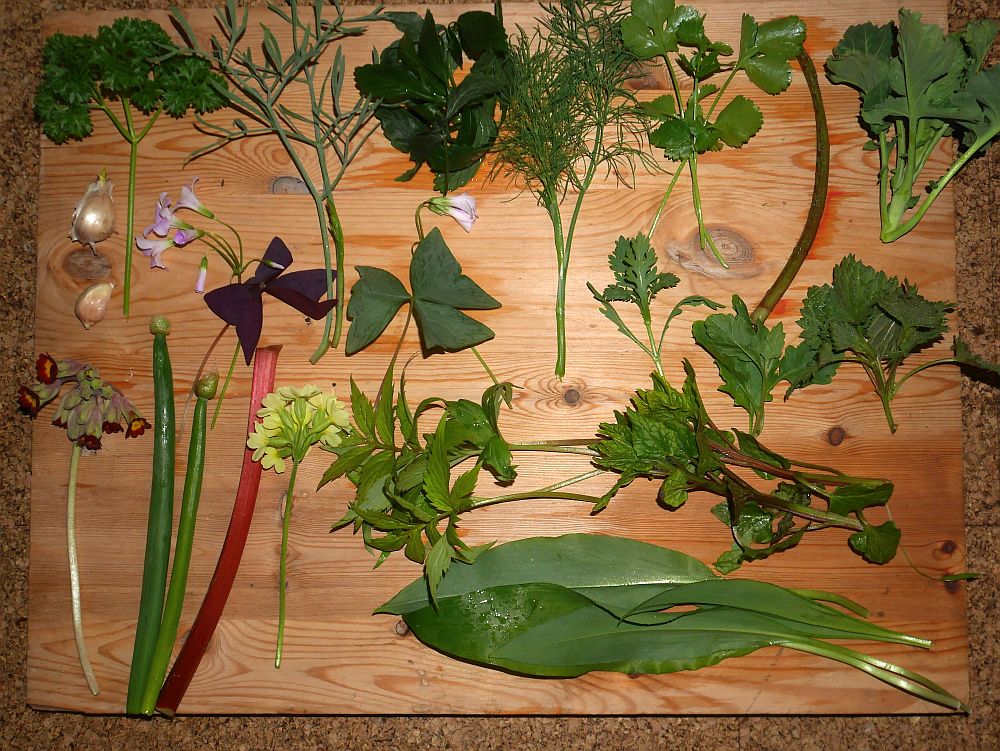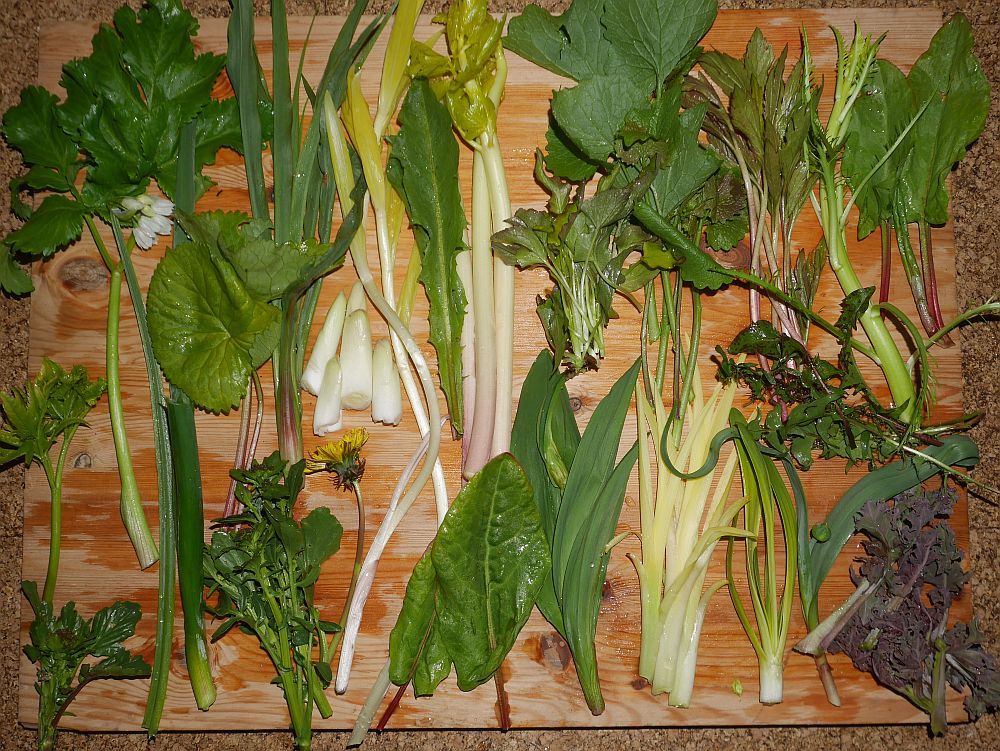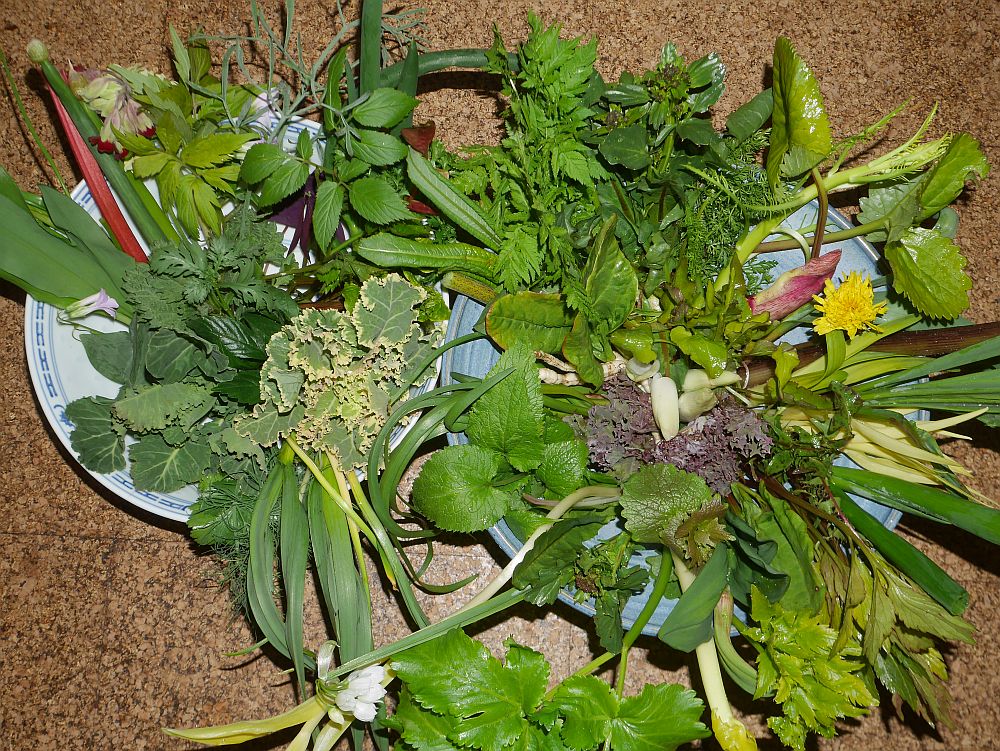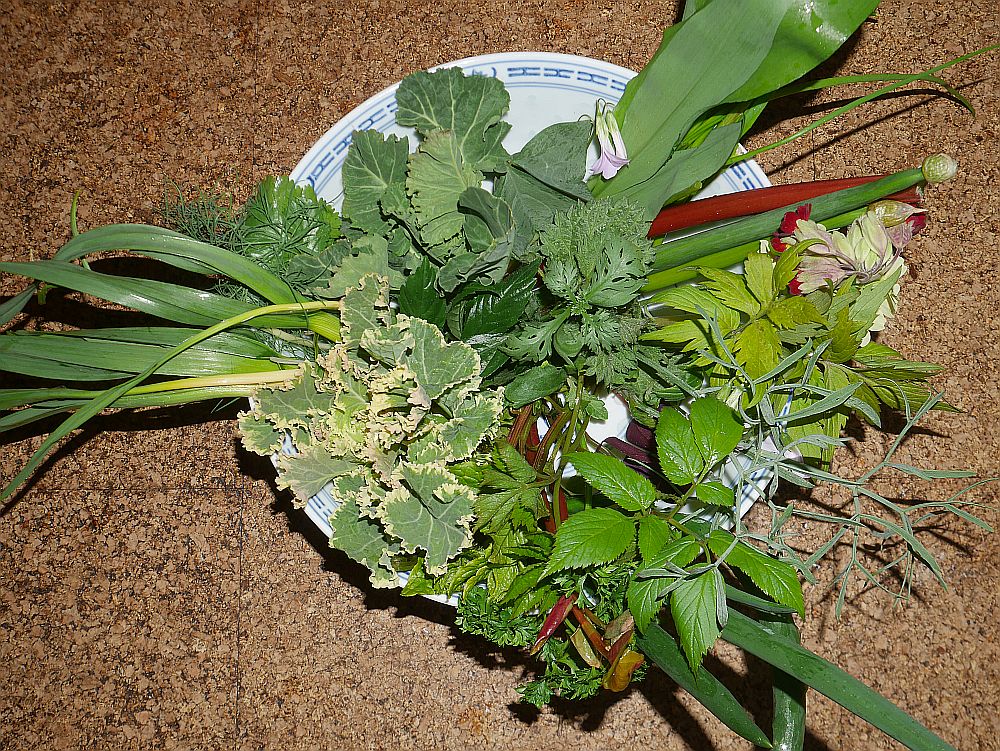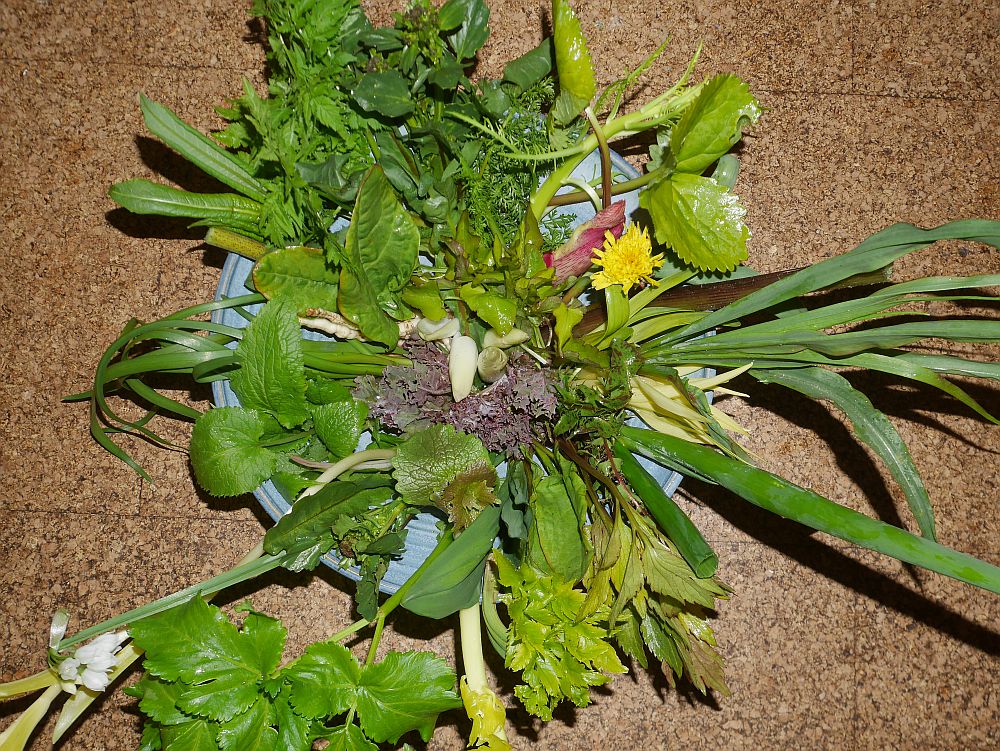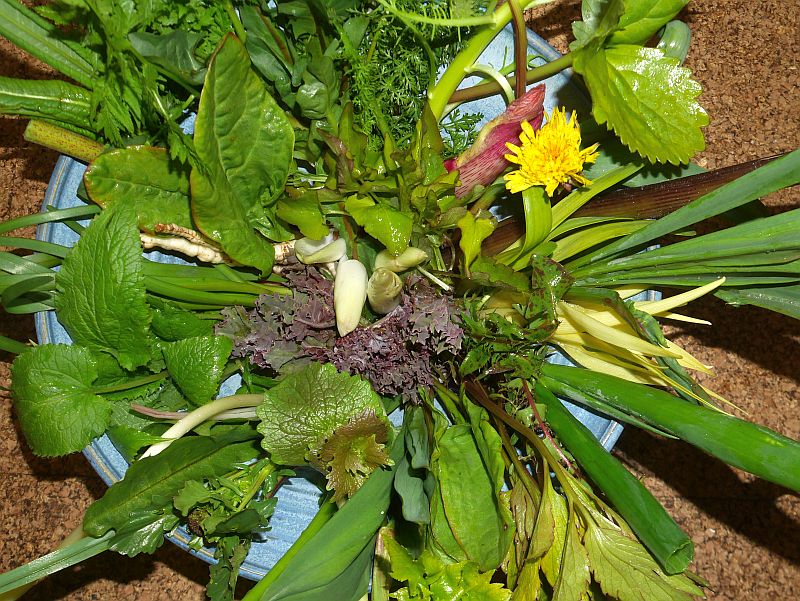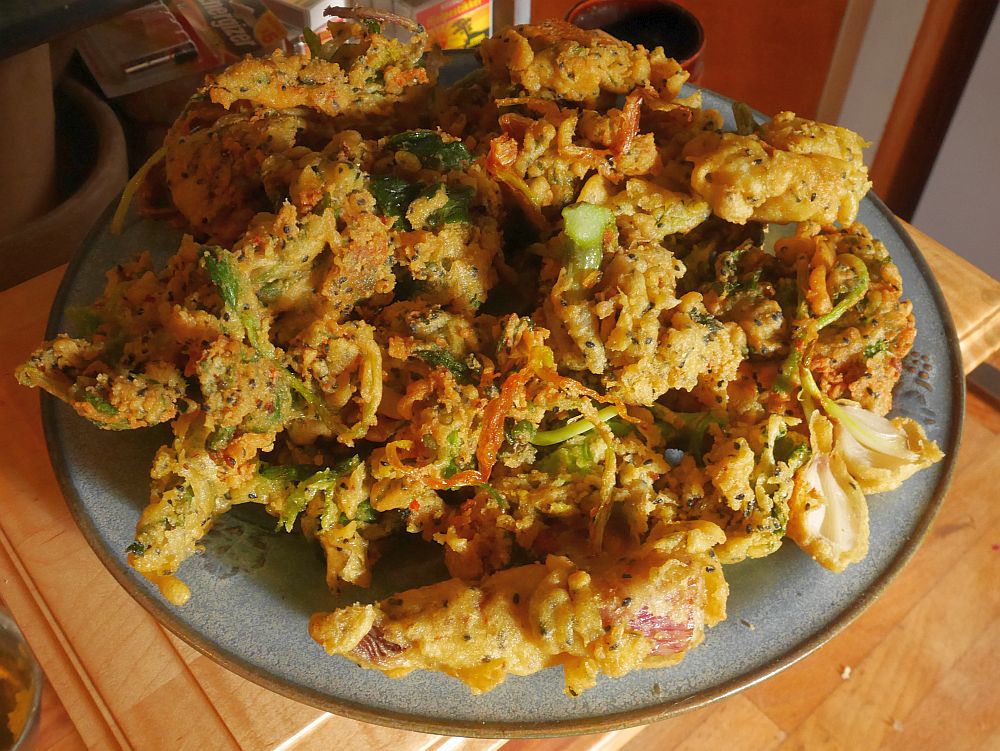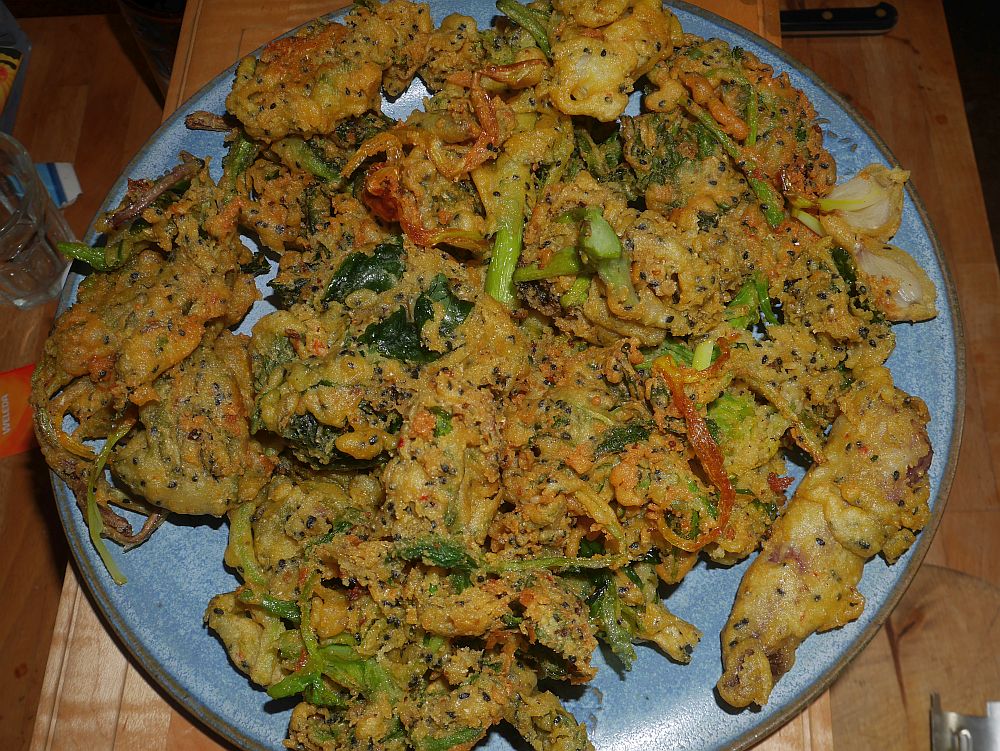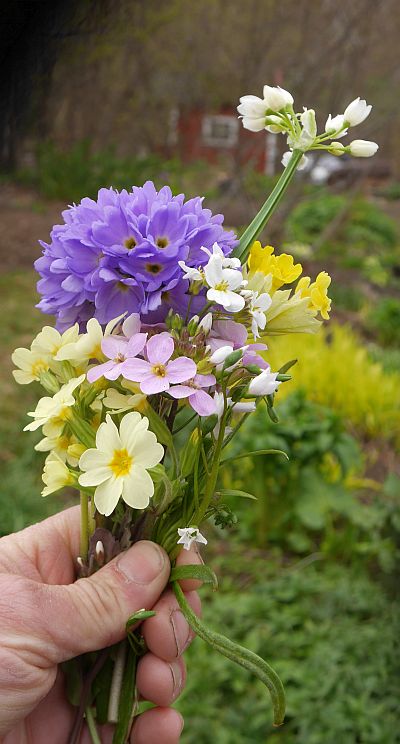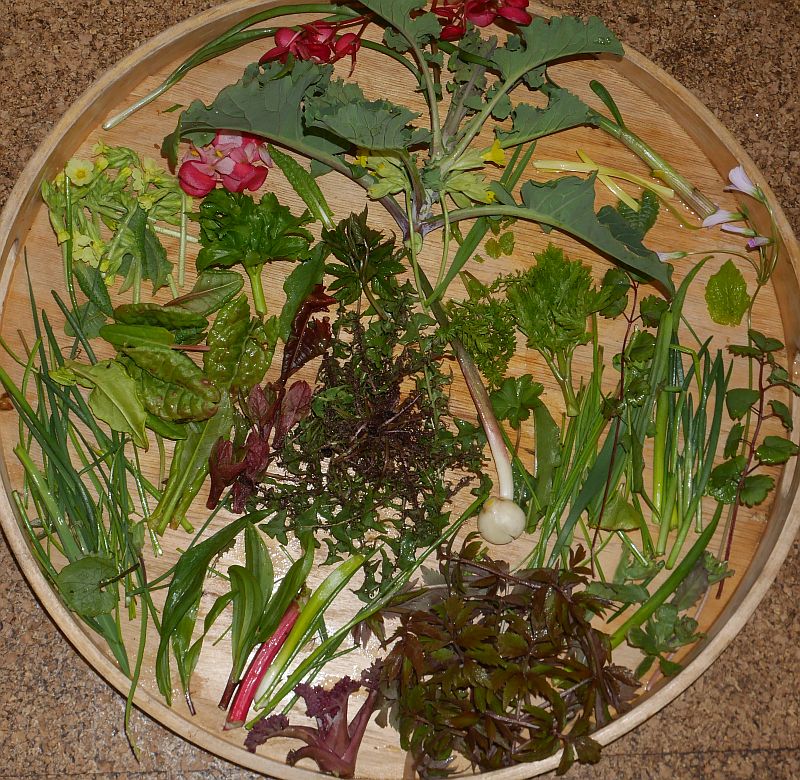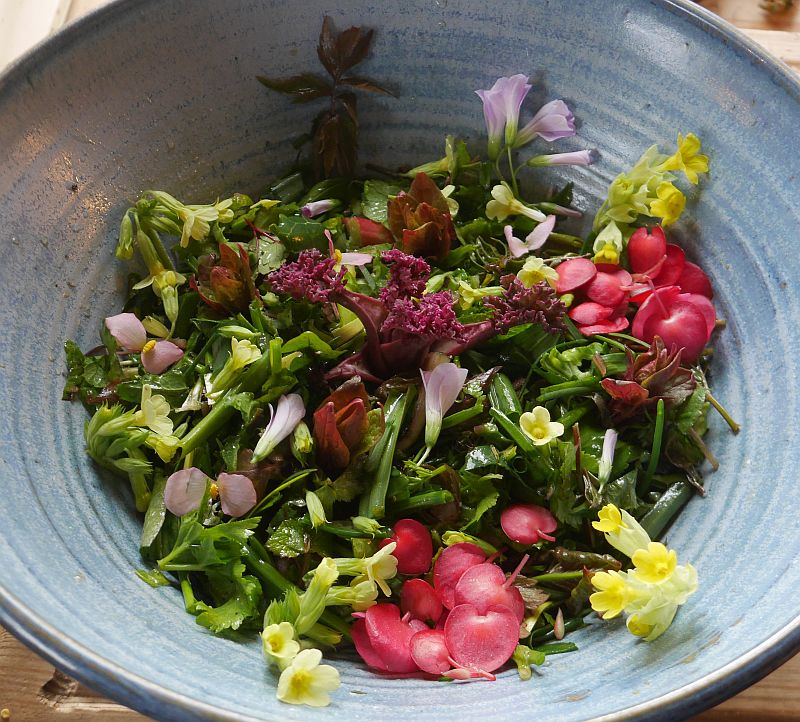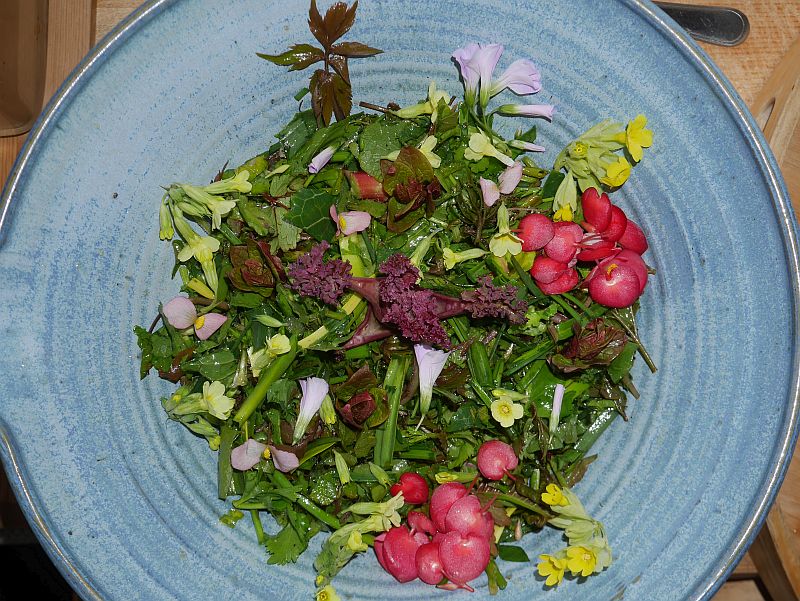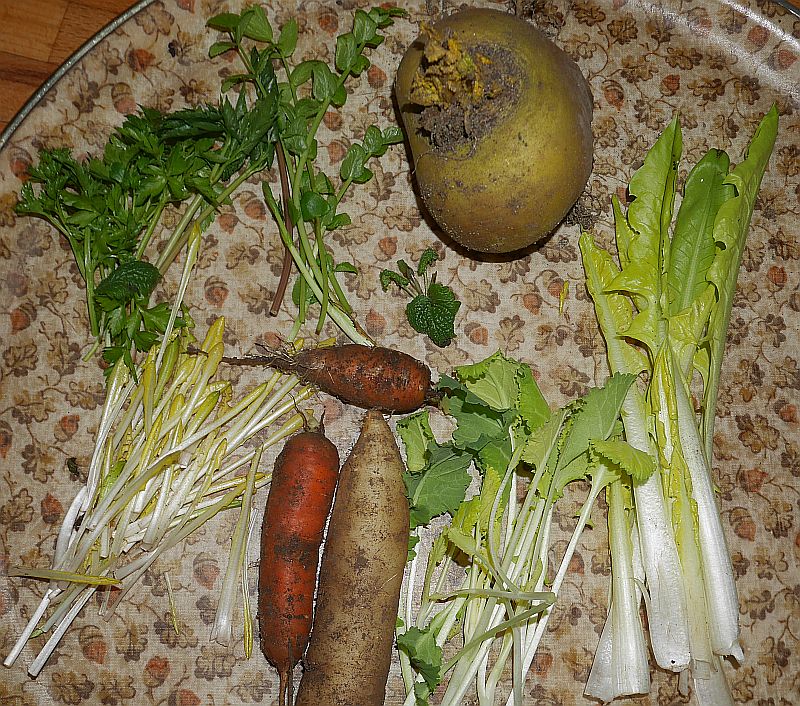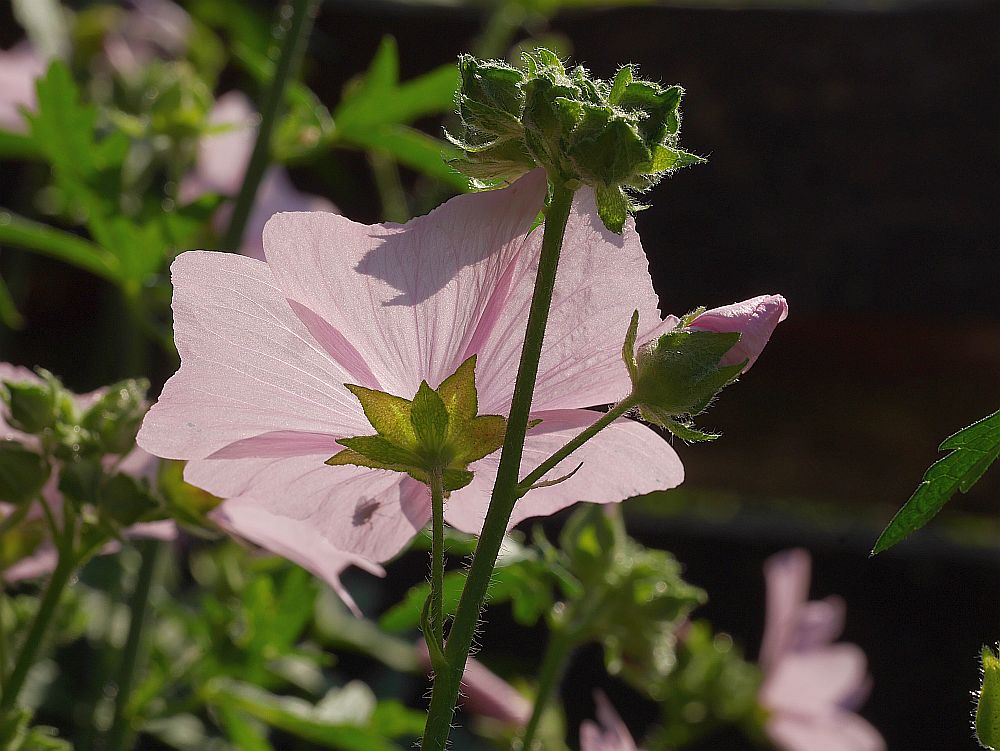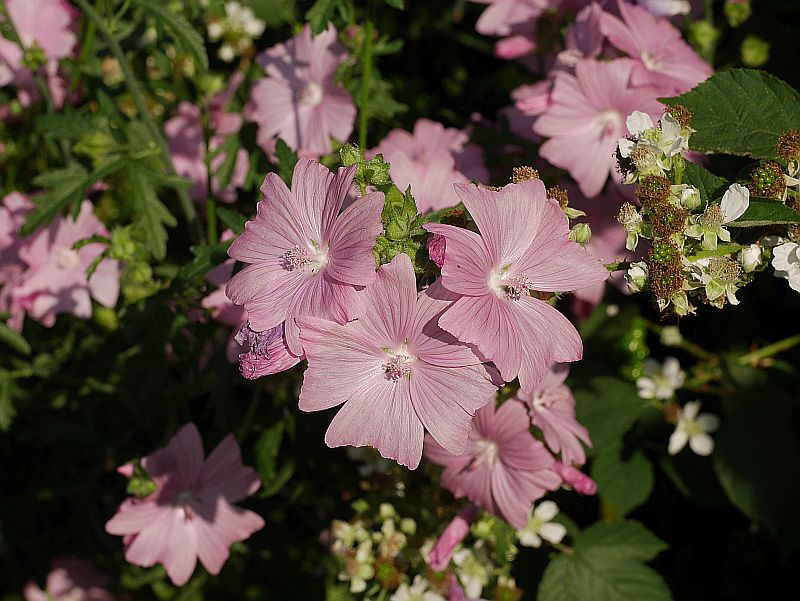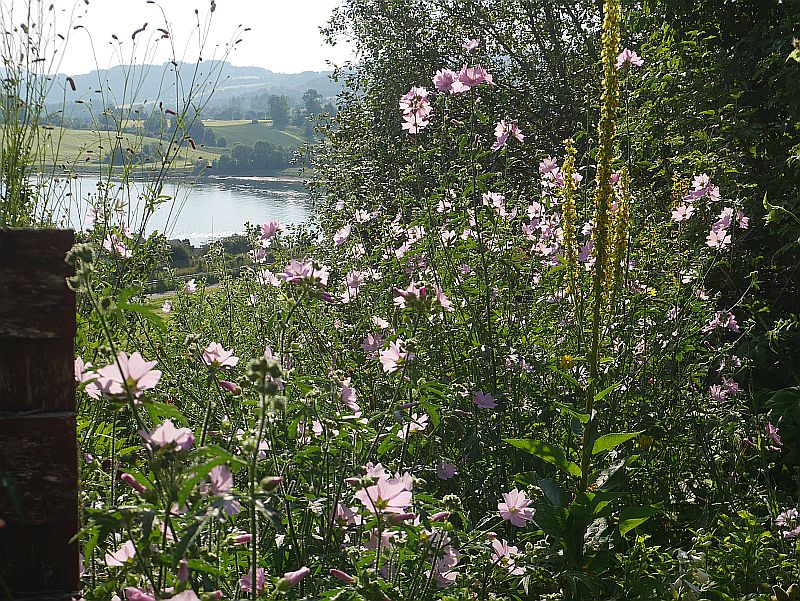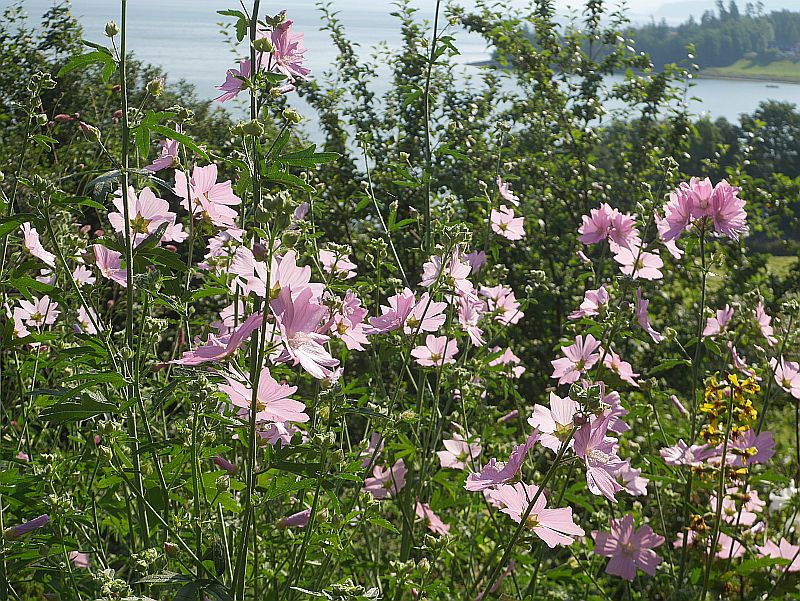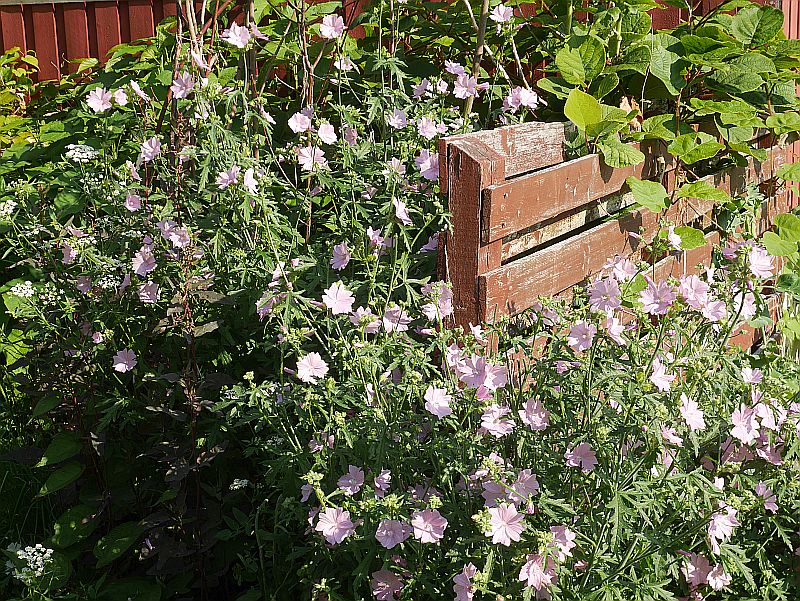(Note that there is a comment suggesting that this isn’t atroviolaceum and is probably rotundum, although accessions I’ve received as that species are much lower plants; will check in the spring)
Allium atroviolaceum is sometimes cultivated as an ornamental. I’ve been growing it for some 15 years now and it is admittedly not very productive as an edimental under my conditions, but it’s nevertheless a beauty and it is currently coming into flower both in my own garden and the Allium garden at the Ringve Botanical Garden in Trondheim, where the pictures below were taken. Its wild distribution is in the Crimea, Caucasus, Middle Asia (Mountainous Turkmenistan, Syr-Darya foothill areas) and Iran.
In the Armenian Highlands in Eastern Turkey, there are several ethnobotanical studies documenting its use in local food, presumably wild collected, although there are indications that it might also be cultivated for food including:
1) In otlu peyniri, a herbed cheese made out of sheep’s or cow’s milk. it is used as a flavouring along with many other species (from Wikipedia):
Ranunculus polyanthemos L.(Ranunculaceae)
Nasturtium officinale R. Br. (Brassicaceae)
Gypsophila L. spp. (Caryophyllaceae)
Silene vulgaris (Maench) Garcke var. vulgaris (Caryophyllaceae)
Anthriscus nemorosa (Bieb.) Sprengel (Apiaceae)
Carum carvi L. (Apiaceae)
Anethum graveolens L. (Apiaceae)
Prangos pabularia Lindl. (Apiaceae)
Prangos ferulacea (L.) Lind. (Apiaceae)
Ferula L. sp. (Apiaceae)
Ferula orientalis L. (Apiaceae)
Ferula rigidula DC. (Apiaceae)
Thymus kotschyanus Boiss. et Hohen. var. glabrescens Boiss. (Lamiaceae)
Thymus migricus Klokov et Des. – Shoct. (Lamiaceae)
Mentha spicata L. subsp. spicata (Lamiaceae)
Ziziphora clinopodioides Lam. (Lamiaceae)
Ocimum basilicum L. (Lamiaceae)
Eremurus spectabilis Bieb. (Liliaceae)
Allium schoenoprasum L. (Liliaceae)
Allium fuscoviolaceum Fomin (Liliaceae)
Allium scorodoprasum L.subsp. rotundum(L.)Stearn (Liliaceae)
Allium aucheri Boiss. (Liliaceae)
Allium paniculatum L. subsp. paniculatum (Liliaceae)
Allium akaka S. G. Gmelin (Liliaceae)
Allium cf. cardiostemon Fisch. et Mey. (Liliaceae)
2) In another study, the young shoots are used in various dishes and as a flavouring with yoghurt. It us used both boiled and raw. The bulbs are used to replace garlic in food.
Local names in Turkey include sirmo, körmen, and yabani sarimsak.







